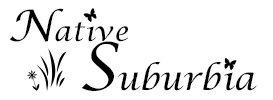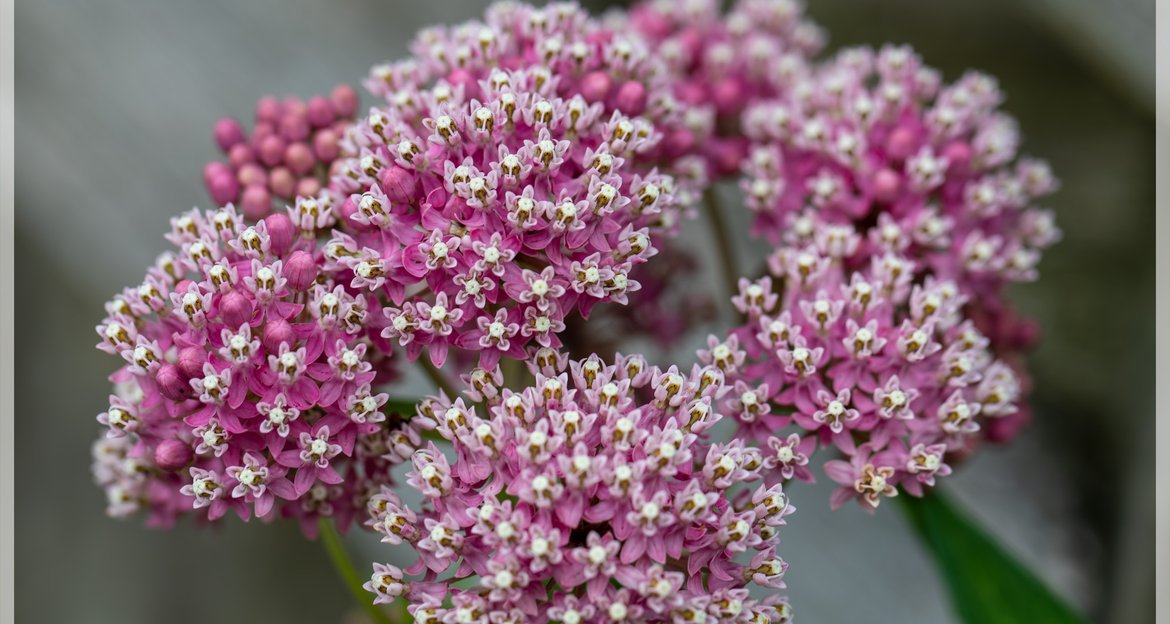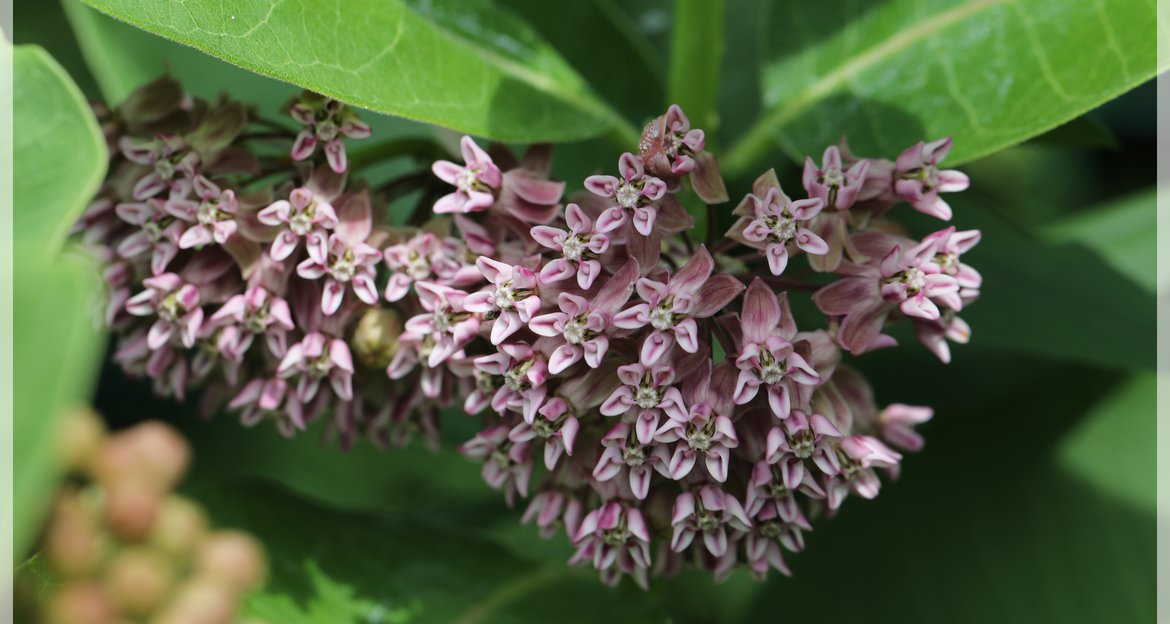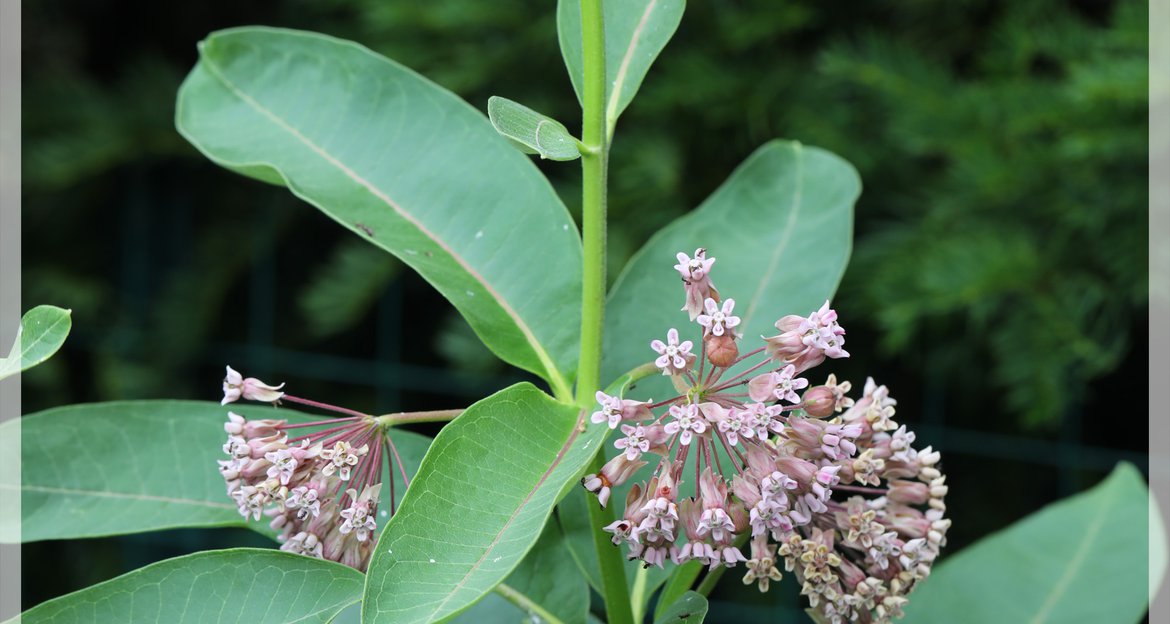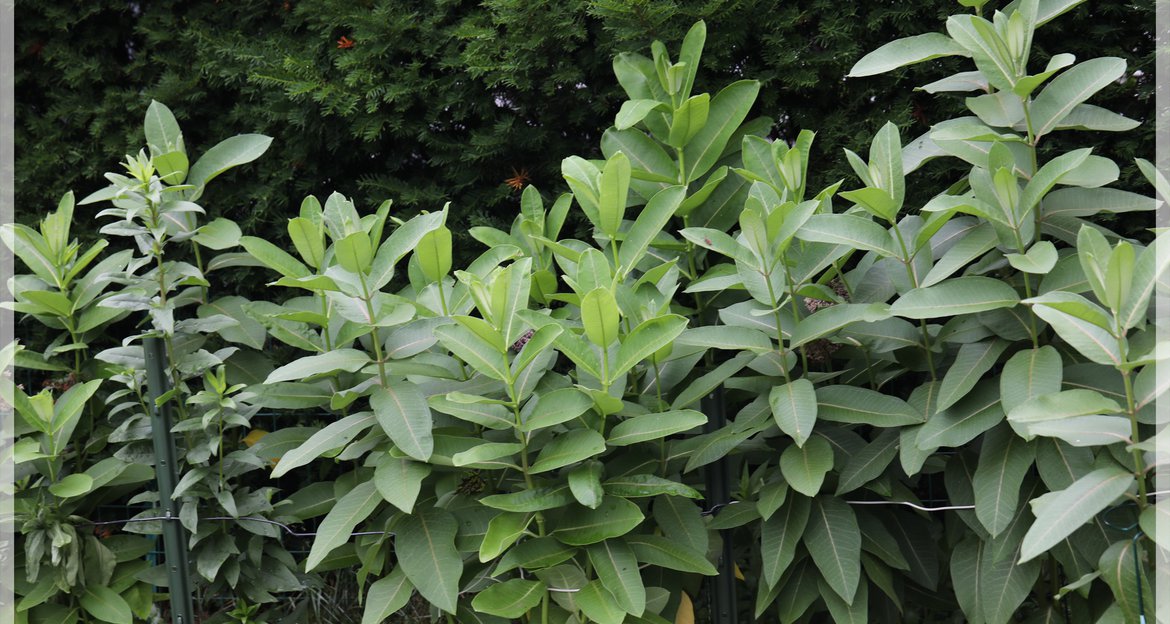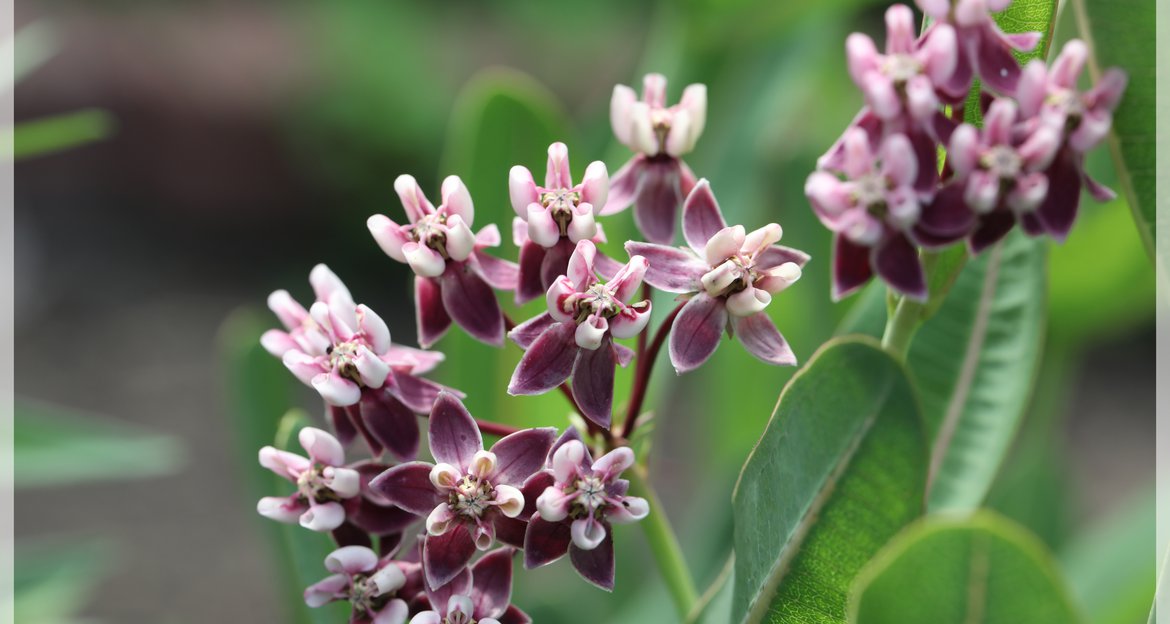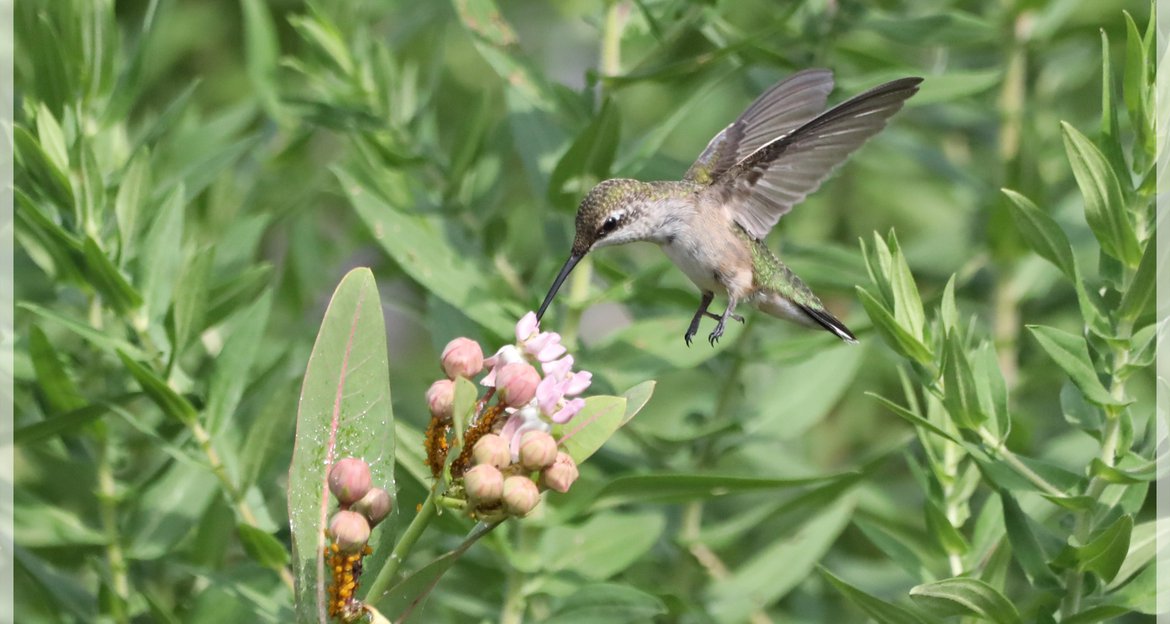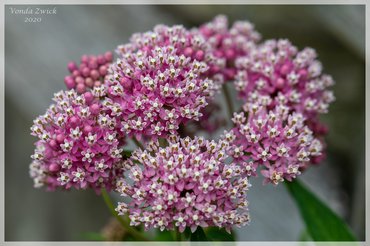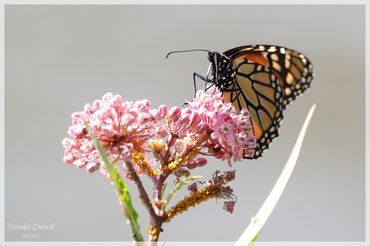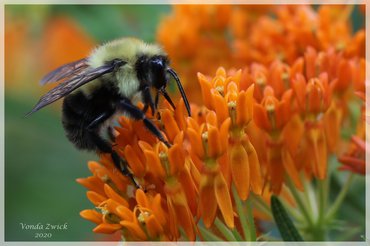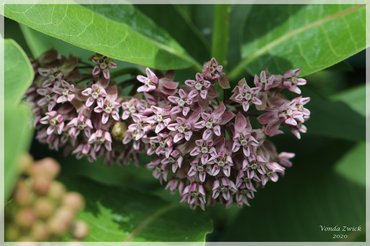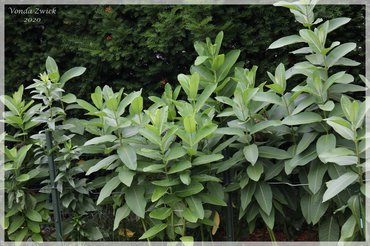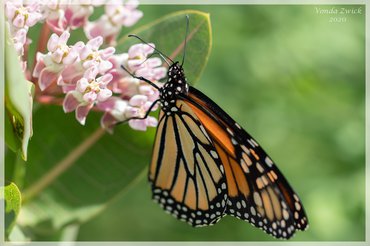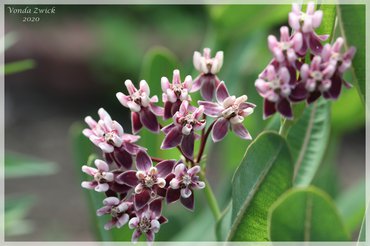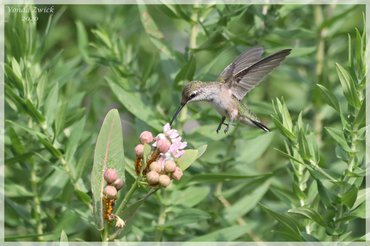Milkweed Seeds
Posted by Vonda on Nov. 7, 2020
I will locally be giving away extra milkweed seeds. These are the seeds I will have available and information about them for those who may be interested.
Milkweed seeds usually require cold-moist stratification (CMS) for good germination. This means they are best planted outside in fall or winter, allowing nature to perform the cold-moist stratification for you. You can simulate CMS with a refrigerator following certain processes, but I have never done this, so please be sure to research CMS methods for milkweed if you do not plan to plant in the fall/winter.
Swamp Milkweed - BEGINNER
Swamp Milkweed, Asclepias incarnata, is a popular backyard garden plant and well-liked by pollinators, monarch butterflies, and monarch caterpillars. It generally produces pink flowers, but I do have a few of the 'Ice Ballet' cultivar that produce white flowers mixed in. The vast majority will be pink, but do not be surprised if a few are white. Because of the presence of the cultivar, these seeds should not be used for native restoration projects, but are excellent for backyard butterfly gardens. Swamp milkweed prefers sun and moist conditions, but it grows well in my yard in partial shade and medium soils as well. This is a perfect plant for any level of experience - beginner to advanced. It spreads easily via seed and does not spread via rhizome, so it can be easily contained.
Butterflyweed - BEGINNER
Butterflyweed, Asclepias tuberculosa, is another milkweed that is well-suited to a backyard setting. Some claim that it is not favored as much by the monarch butterfly/caterpillar as a food source, but I have not noticed that to be true in my yard. It spreads by seed, but does not spread via rhizome, so it can be easily controlled. They have lovely bright orange flowers that are attractive to pollinators. These plants are the native species.
Some have reported problems keeping Butterflyweed alive, but mine have been thriving and reproducing very well for the last five years. They like dry sunny locations. They are a good plant for beginners to advanced.
Common Milkweed - ADVANCED
Common Milkweed, Asclepias syriaca, is the most common milkweed host for the Monarch butterfly. Before you decide to plant Common Milkweed, please understand that this one is an aggressive spreader. It spreads via rhizomes and seed and existing plants can stray far from the spot where you originally plant them, so they can be difficult to keep contained to one specific spot. They take about 4 years to bloom and produce seeds.
They tolerate full to partial sun and medium wet to dry soils
Sullivant's Milkweed - MODERATE
Sullivant's Milkweed, Asclepias sullivantii, also known as Prairie Milkweed, is well-loved by pollinators and Monarch butterflies. It produces pink flowers in a variety of shade intensities. This species will spread via both seeds and rhizomes, but it is a little tamer than Common Milkweed. It will stray from where it is planted, but tends to stay closer to its origins.
Sullivant's Milkweed prefers full sun and wet to medium soil.
Images in this Post
-
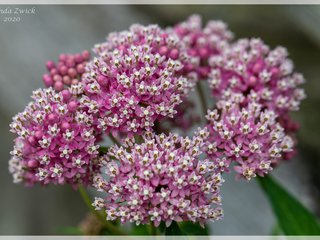
Swamp Milkweed
Swamp Milkweed in the Backyard Garden
-
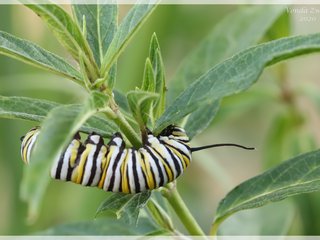
Monarch Caterpillar
On Swamp Milkweed
-

Monarch
On Swamp Milkweed at the Pond
-
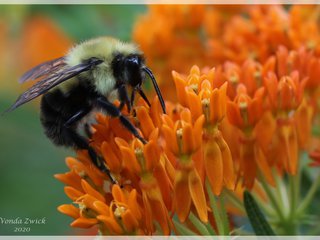
Bumble Bee
On Butterflyweed
-
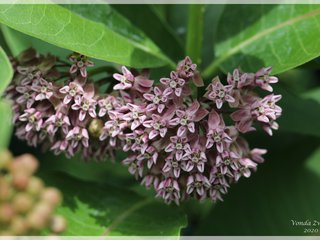
Common Milkweed
Blooming in the backyard gardens
-
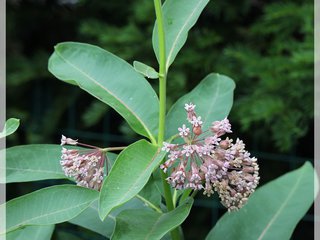
Common Milkweed
Blooming in the backyard gardens
-
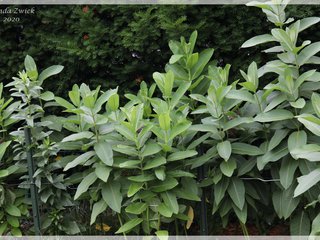
Common Milkweed
In the backyard gardens
-
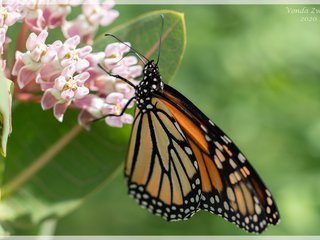
Monarch Butterfly
On Sullivant's Milkweed in the backyard garden
-
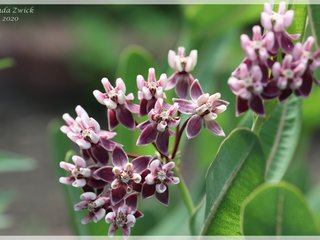
Sullivant's Milkweed
Sullivant's Milkweed in the Backyard Garden
-
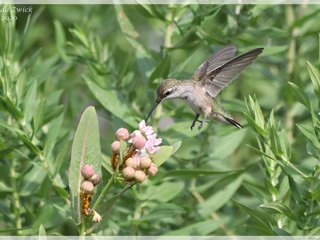
Ruby-throated Hummingbird
At Sullivant's Milkweed in the backyard gardens
